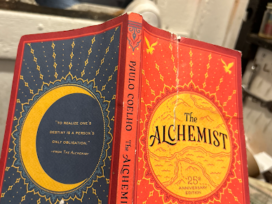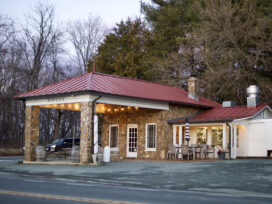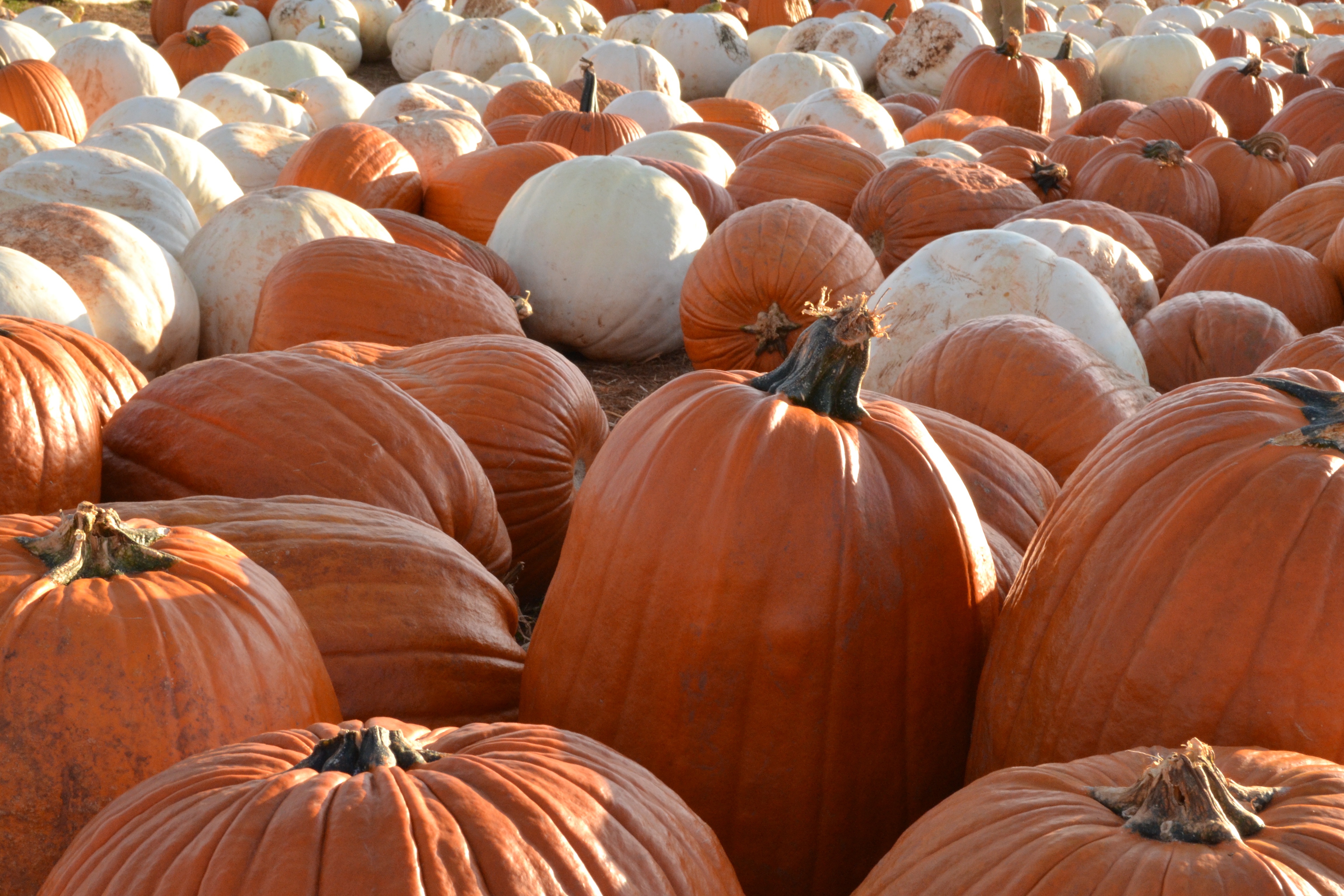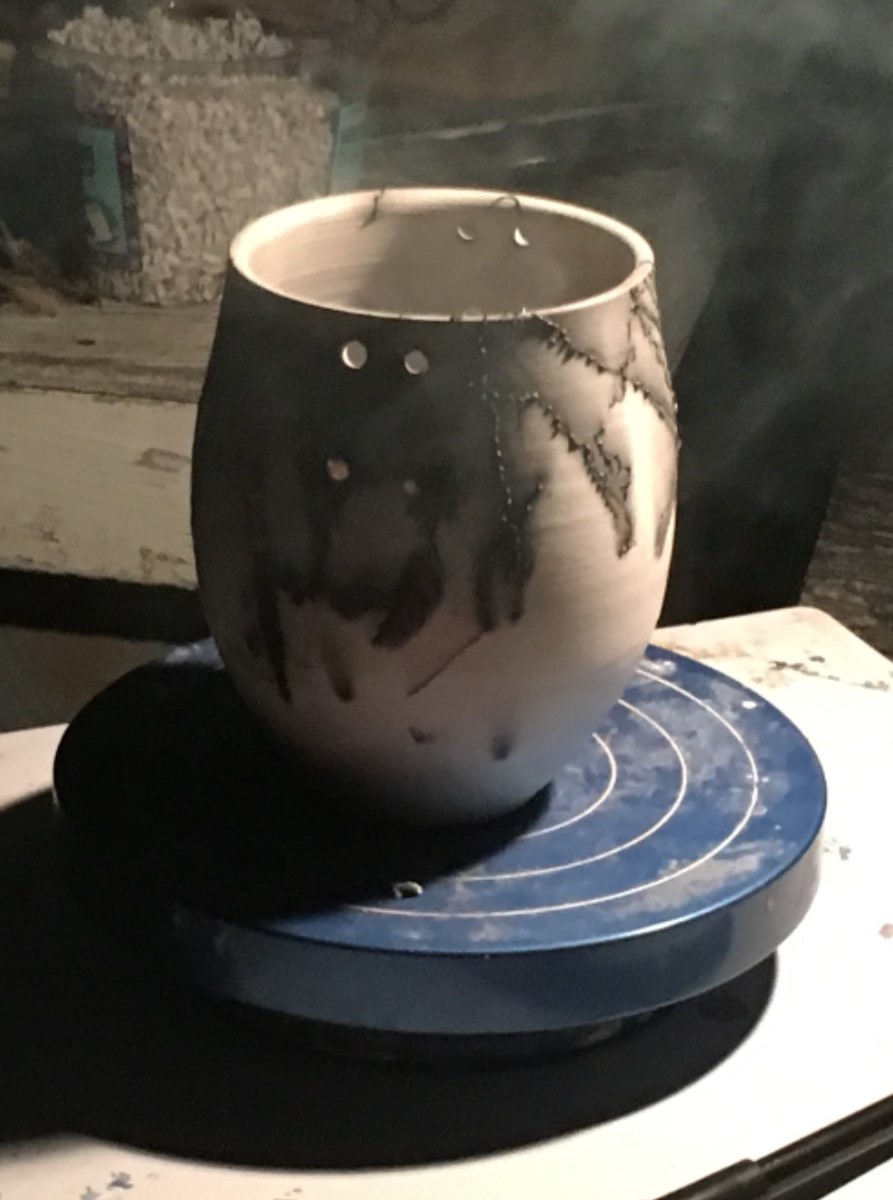
Let There Be Light Raku Pottery Firing
Brennan Tanner, staff writer
Raku is a Japanese low fire glazing technique that dates back several thousand years to the sixteenth century. The bisqued pottery is coated with glaze and fired until the glaze melts, first bubbling, then smoothing out. After it reaches this stage, it is placed in a container of combustible materials, generally straw, shredded paper, or sawdust.
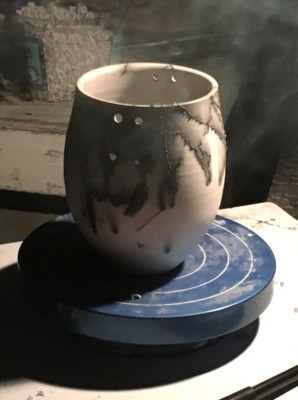
The glaze used in raku has a different shrinkage rate than the pot itself, so as it cools, the difference in shrinkage causes the glaze to crack. The pots, still hot from the kiln, ignite. In the case of our raku firing, shredded paper is burned, and the carbon created by this seeps through the cracks in the glaze onto the pot where it is absorbed, leaving a spiderweb of gray lines across the surface of the pot.
In our raku firing this year, we used a white crackle glaze and a copper green glaze, which can range in color from a dark green to a copper color, similar to a burnished penny.
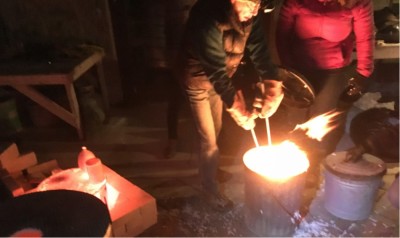
If a piece is left unglazed, it can be treated one of two ways. The pot can continue on with the glazed pots into the bins of shredded paper, which will give the whole surface a smoky black, undulating coating. Or the pots can be set aside, and while they are still hot, feathers and horsehair are placed on them, whereupon the carbon embeds itself in the surface leaving behind an impression of the horsehair or feathers.
Due to the porosity of raku pottery, which does not vitrify because of the low temperature of the firing, it is not food safe and ends up being more decorative than functional.

